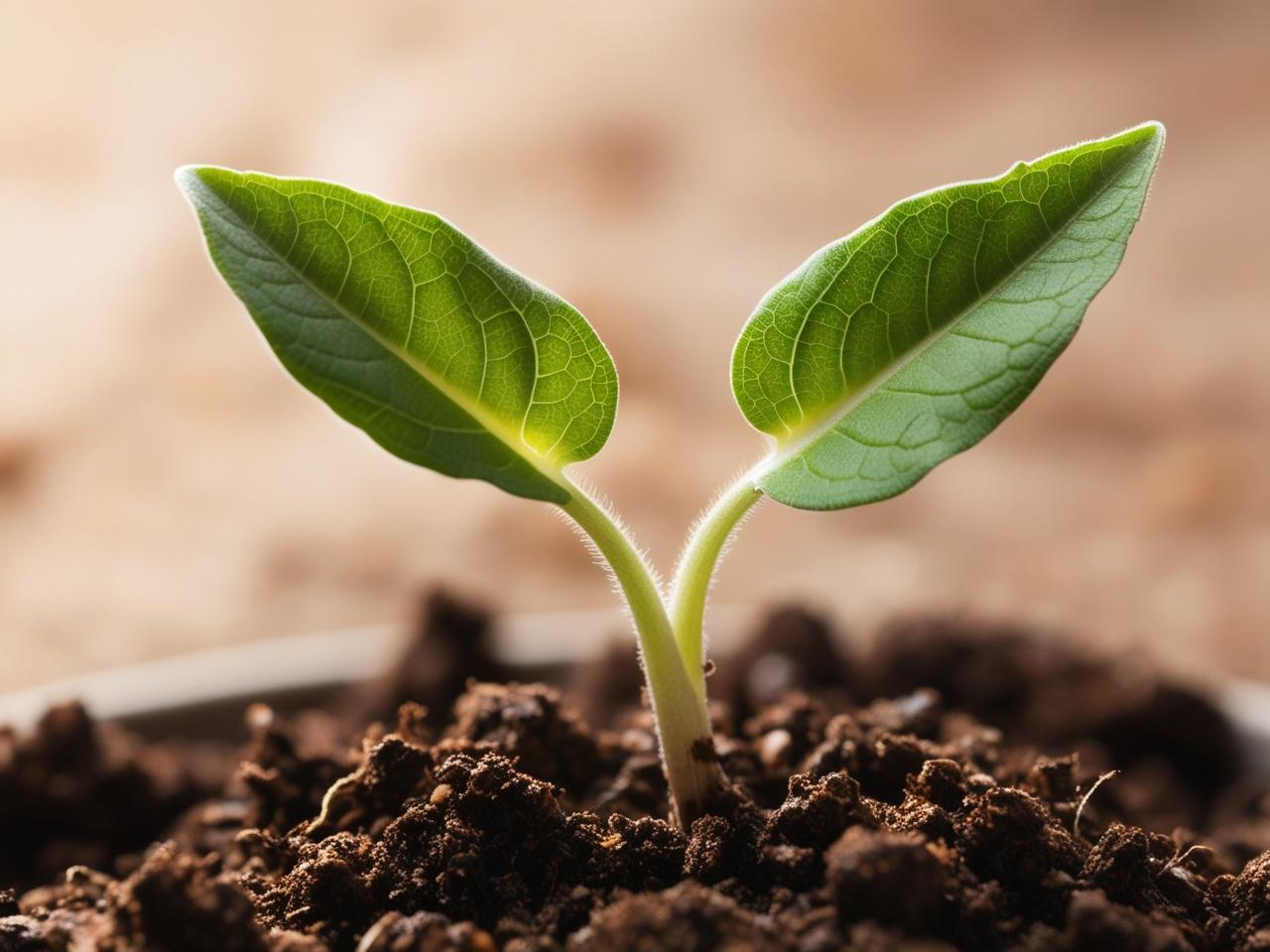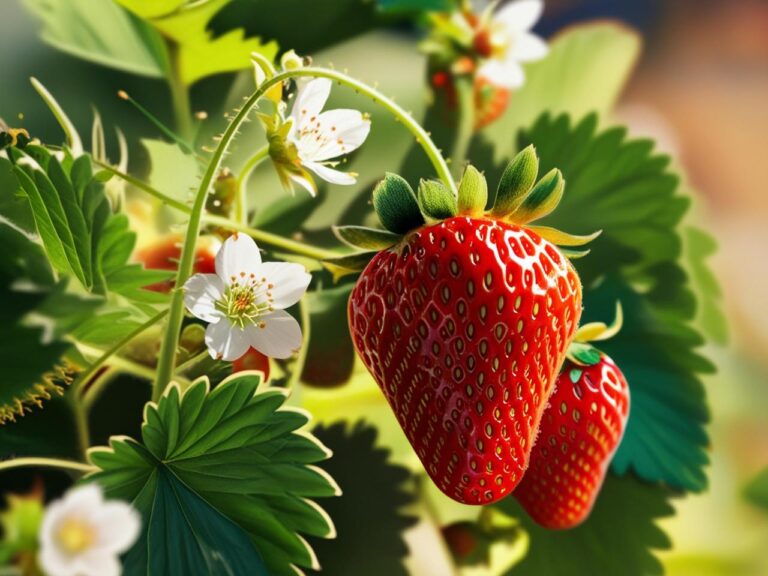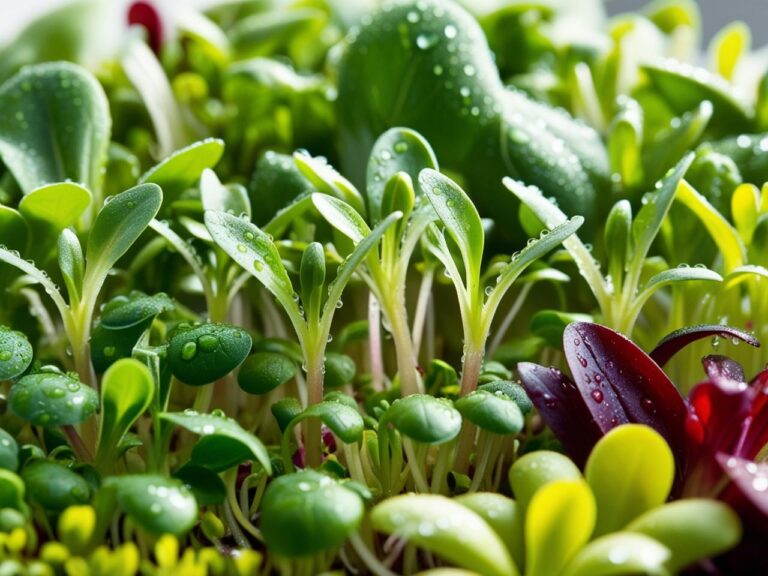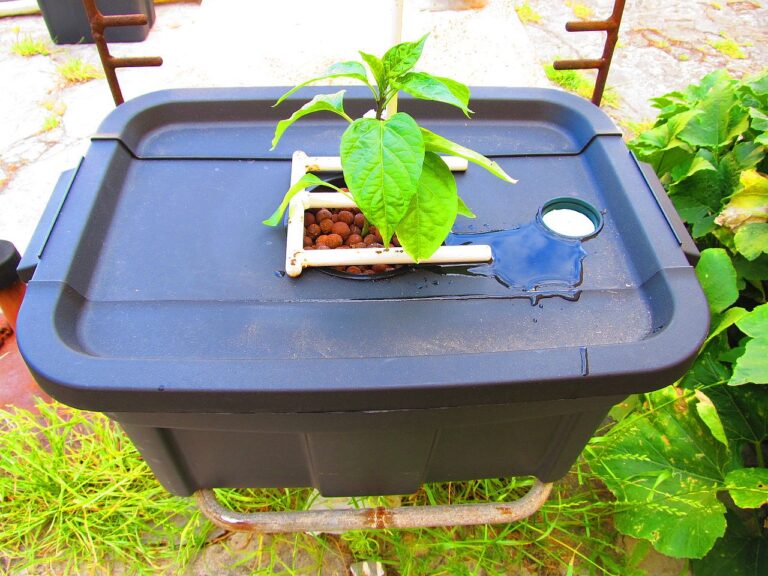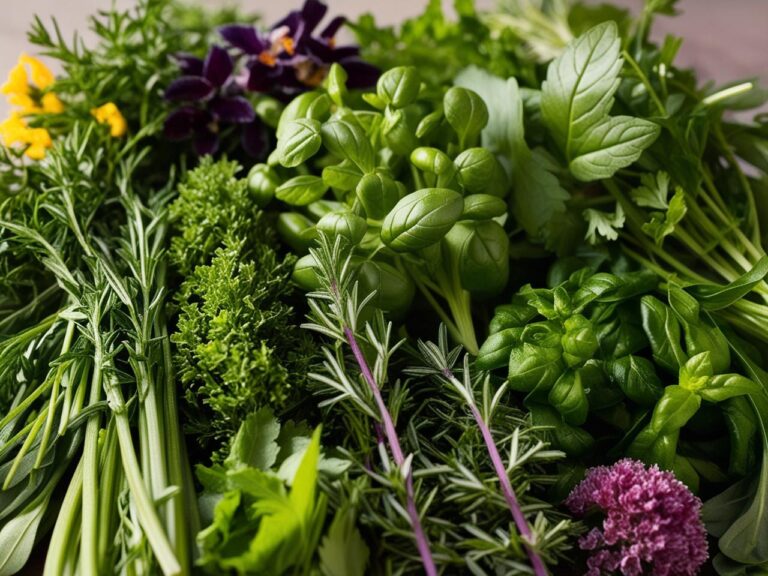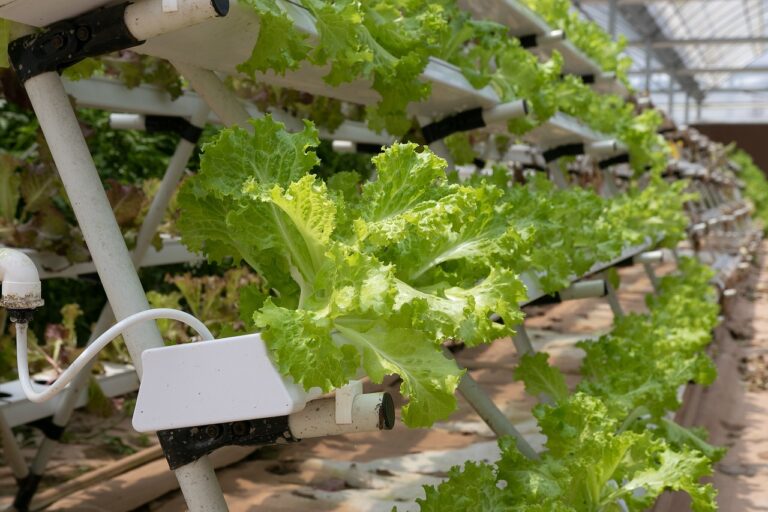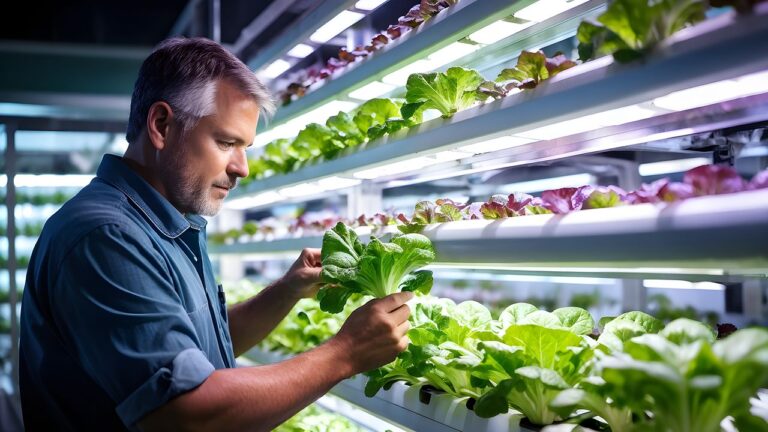How to Germinate Seeds for Hydroponics: A Step-by-Step Guide
Germinating seeds for hydroponics is the first step toward establishing healthy plants in your hydroponic system. Unlike traditional gardening, where seeds grow in soil, hydroponic seed germination requires a soilless approach. Here’s how to successfully germinate seeds and prepare them for a thriving hydroponic setup.
Step 1: Choosing the Right Seeds
Select high-quality seeds that are suitable for hydroponic growth. Many vegetable and herb varieties adapt well to hydroponics, such as lettuce, tomatoes, cucumbers, and basil.
Related: The Best Hydroponic Plants for Beginners
Step 2: Selecting a Germination Medium
A soilless medium helps support seeds as they sprout and establish roots. Popular options include:
- Rockwool Cubes: Retain moisture and provide good air circulation.
- Coconut Coir: Natural and biodegradable, great for holding moisture.
- Starter Plugs: Easy-to-use, pre-formed plugs that simplify the germination process.
- Paper Towel Method: A quick and budget-friendly approach. To use this method, place seeds between damp paper towels and keep them inside a plastic bag or container to maintain moisture. This method provides easy visibility to check for germination progress and helps accelerate the process due to the consistent warmth and humidity.
Each medium has its pros and cons, so choose one based on your budget, seed type, and experience level.
Step 3: Preparing the Medium
- Rockwool Preparation: Soak the cubes in water adjusted to a pH of 5.5-6.0 for a few hours to create an ideal environment.
- Coconut Coir and Plugs: Ensure these mediums are damp but not overly wet before placing the seeds.
- Paper Towel Method: Wet the paper towel so it’s moist but not dripping.
Related: Hydroponics For Dummies
Step 4: Planting the Seeds
- Place one or two seeds in each cube, plug, or coir pocket. This redundancy ensures that even if one seed doesn’t sprout, the other might.
- Lay seeds on one half of the paper towel and fold the other half over them. Place the towel inside a plastic bag or container to trap moisture.
Step 5: Creating Optimal Germination Conditions
- Moisture: Keep the medium moist but not soaked. For the paper towel method, check daily and mist if necessary. Use a spray bottle to mist it as needed.
- Temperature: Maintain a warm environment, ideally between 70-80°F (21-27°C), to encourage sprouting.
- Light: Some seeds need light to germinate, while others prefer darkness. Check the seed packet for specific instructions. For light-requiring seeds, place them under a grow light for about 12-16 hours per day.
Step 6: Ensuring Proper Air Circulation
Place the germination setup in an area with good air circulation to prevent mold and mildew. You can use a small fan to keep air moving gently around the setup.
Step 7: Monitoring and Maintenance
- Check Daily: Inspect the medium to ensure it stays damp and check for signs of sprouting. The paper towel method provides easy visibility, so it’s easy to look for signs of sprouting without disturbing the seeds.
- Remove Covers: If you use a humidity dome or cover, remove it once you see sprouts to prevent damping-off disease.
Related: Common Hydroponic Mistakes Beginners Make and How to Avoid Them
Step 8: Transferring Seedlings to the Hydroponic System
Once the seedlings have developed their first true leaves and a strong root system, they’re ready to be moved to your hydroponic setup. Gently transfer the seedlings, medium and all, into the net pots of your system, making sure the roots are exposed to the nutrient solution.
Tips for Success
- Use Clean Water: Always use clean, pH-balanced water to keep conditions optimal for seed germination.
- Label the Seeds: If germinating different plants, label each section to keep track of what you’re growing.
- Be Patient: Germination can take anywhere from a few days to a couple of weeks, depending on the plant.
F.A.Q
- What is the quickest way to germinate seeds? Use a damp paper towel in a warm, dark place.
- Is it better to germinate seeds in soil or paper towel? Paper towels provide faster results and better control.
- What is the best way to germinate old seeds? Soak them in warm water for 12-24 hours to rehydrate.
- How do you germinate seeds overnight? Soak them in warm water to kickstart the process.
- Which seed grows fast in 3 days? Radish seeds.
- What is the hardest seed to germinate? Some tree seeds, like peaches or cherries, can be difficult due to their hard shells.
- Do germinating seeds need light? Not initially; most need darkness to sprout but light after they germinate.
- What seed germinates the fastest? Cress or lettuce seeds.
- How long do you leave seeds to germinate? It varies, but most seeds take between 3-14 days.
- How long does it take for seeds to germinate in a paper towel? Typically 3-7 days.
- What do seeds need to germinate successfully? Moisture, warmth, and oxygen.
Conclusion
Germinating seeds for hydroponics is straightforward when you follow the right steps and create the perfect environment. With proper care, your seeds will sprout into healthy seedlings ready to grow in your hydroponic system. Happy Gardening!

